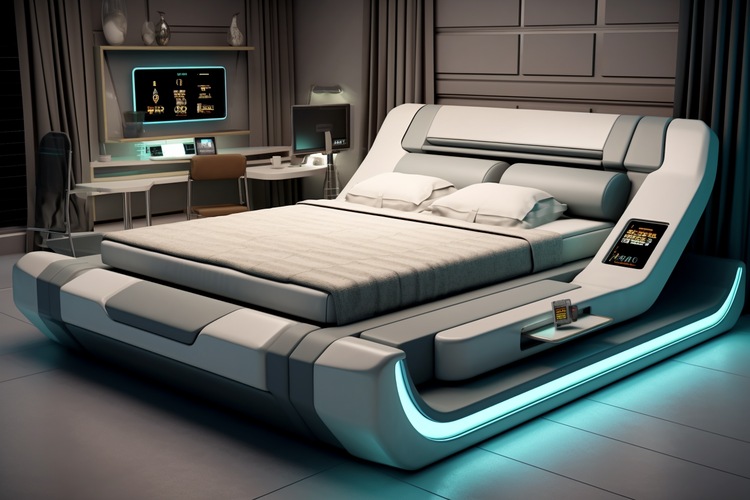Integrating layered lighting for ambience and function
Layered lighting transforms a lounge from merely usable to comfortably functional and inviting. Effective integration balances ambient, task, and accent lighting with considerations for layout, acoustics, and materials. This brief overview highlights practical strategies to create adaptable, energy-conscious lighting schemes that work with furniture, flooring, storage, and technology.

Layered lighting is a design approach that combines ambient, task, and accent sources to support both function and mood in a lounge. Rather than relying on a single overhead fixture, a layered plan uses multiple light types and control strategies so each activity—reading, watching, socializing, or relaxing—has suitable illumination. Thoughtful layering also accounts for layout, furniture placement, and sightlines so light complements rather than competes with the space. Consider how textiles, flooring, and color reflect or absorb light, and how acoustics interact with both the physical and visual atmosphere. The goal is a flexible, comfortable environment that prioritizes ergonomics and everyday usability while aligning with sustainability and technology choices.
Lounge and layout
A clear layout establishes activity zones and helps determine lighting needs. In an open lounge, define seating and circulation with a mix of overhead ambient light and localized task lamps. Arrange furniture to create sightlines that allow light to serve multiple areas—an armchair lamp that also lights a side table, or a pendant that anchors a seating cluster. Zoning lighting by function reduces glare and improves ergonomics; dimmable ambient fixtures allow the same space to shift from lively conversation to quiet relaxation without rewiring or major changes.
Acoustics and textiles
Soft furnishings and textiles affect both sound and light behavior. Heavy curtains, rugs, and upholstered furniture help absorb sound while also reducing reflected glare; their textures can diffuse light and create a warmer ambience. Position floor and table lamps to minimize shadows that interfere with visual tasks while using textiles with colors and weaves that balance light absorption and reflectivity. Considering acoustics alongside lighting produces a lounge that feels intimate without feeling visually dull.
Lighting strategies and zoning
Layering relies on three primary layers: ambient (overall), task (activity-specific), and accent (visual interest). Ambient sources might include recessed fixtures, a central pendant, or wall sconces. Task lighting covers reading lamps, under-shelf lights, or LED strips for work nooks. Accent lighting highlights artwork, shelving, or architectural details. Use zoning to control these layers independently—multiple circuits, dimmers, or smart controls let occupants tailor illumination for different activities and times of day, improving comfort and energy efficiency.
Storage, furniture, and ergonomics
Integration of lighting with storage and furniture enhances both form and function. Built-in shelving with integrated LEDs provides even accent light and reduces the need for additional fixtures. Furniture with adjustable, attachable reading lights supports ergonomic posture for tasks. Plan for wiring and switches near storage and seating to avoid awkward reaches; consider plug-in task lamps for modular flexibility. Properly placed lighting reduces eye strain and supports long-term ergonomics in spaces used for varied activities.
Modular design and sustainability
Modular lighting and fixtures support adaptable interiors and sustainable choices. Swappable pendant clusters, track systems, and portable lamps allow reconfiguration without replacement. Specify energy-efficient light sources such as LED modules and fixtures with high efficacy and good color rendering. Choose dimmable drivers and smart controls to reduce consumption and extend lifespans. Prioritizing durability, repairability, and recyclable materials in fixtures aligns lighting choices with broader sustainability goals while keeping options flexible for layout or furniture changes.
Biophilic elements, flooring, color, and technology
Natural light and biophilic design complement artificial layered lighting. Maximize daylight with window treatments that modulate glare while preserving views, and coordinate artificial lighting spectrums to harmonize with circadian-friendly approaches. Flooring and color choices influence perceived brightness—lighter floors and wall colors reflect ambient light, while darker finishes absorb it and may require stronger task lighting. Integrate technology so lighting responds to occupancy, time of day, or scenes programmed for different activities, ensuring the system supports wellbeing without being intrusive.
Conclusion A layered lighting plan for a lounge ties together layout, acoustics, textiles, storage, and furniture to create distinct zones that serve both ambience and function. By combining ambient, task, and accent layers with ergonomic placement, modular options, and energy-conscious technology, you can achieve adaptable lighting that supports daily routines and contributes to a comfortable, sustainable living environment.





